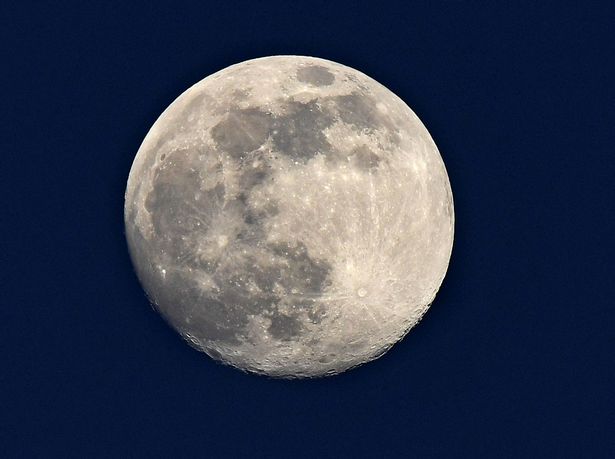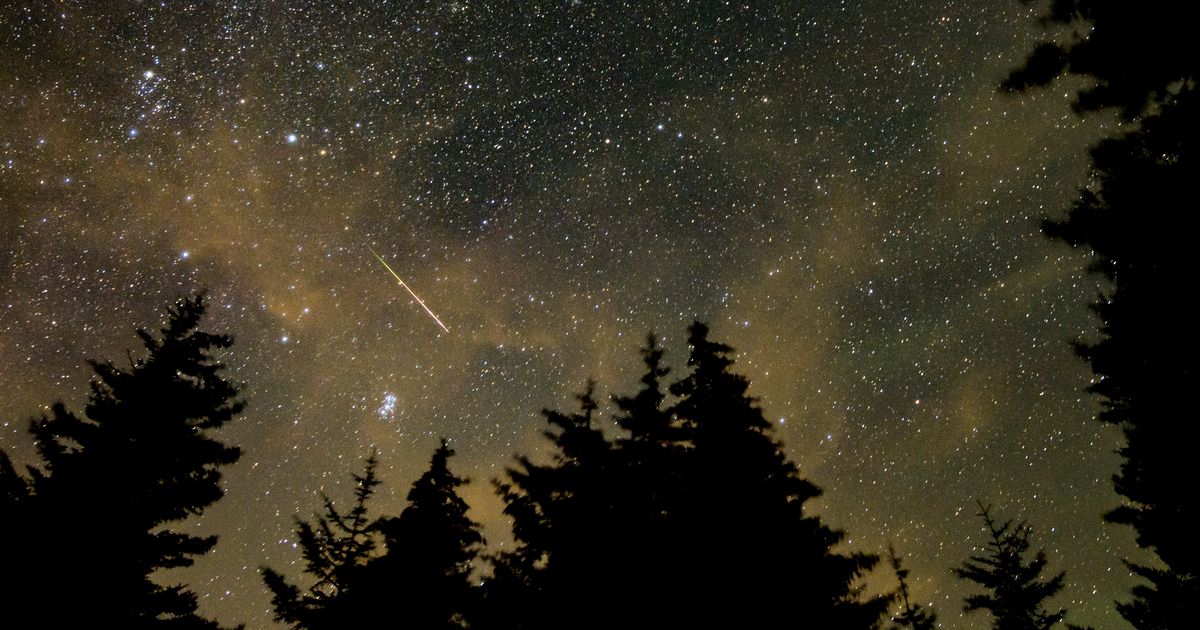August is an exciting month for stargazers A meteor streaks across the sky during the annual Perseid meteor shower(Image: 2021 NASA/Bill Ingalls/Getty Images)
A meteor streaks across the sky during the annual Perseid meteor shower(Image: 2021 NASA/Bill Ingalls/Getty Images)
Throughout the year meteors can often be spotted burning across the sky at high speeds. The space rocks are often called “shooting stars” and burn up as they enter earth’s atmosphere at a rapid speed.
Scientists estimate about 48.5 tons (44 tonnes) or 44,000 kilograms of meteoritic material falls on earth each day. While many meteor showers are observed from earth every year, perhaps the most impressive of all is the Perseids.
The Perseids are a prolific meteor shower associated with the comet Swift–Tuttle that are usually visible from mid-July to late-August and are considered the best meteor shower of the year. It is a highlight of many meteor hunters’ calendars due to its high hourly rate and bright meteors.
In 2025 the Perseid meteor shower is active between July 17 and August 24. The shower will peak on August 12. This year, stargazers may be left disappointed due to unideal viewing conditions. NASA has stated: “The celebrated annual meteor shower will be hampered by an 84%-full Moon on the peak night.
 A meteor streaks across the sky during the annual Perseid meteor shower, (Image: 2021 NASA/Bill Ingalls/Getty Images)
A meteor streaks across the sky during the annual Perseid meteor shower, (Image: 2021 NASA/Bill Ingalls/Getty Images)
“A few bright meteors may still be seen in the pre-dawn hours, but viewing conditions are not ideal this year.” It adds that the Moon will be “washed out”.
The meteor shower is famous for its swift and bright meteors. Perseids frequently leave long “wakes” of light and colour behind them as they streak through earth’s atmosphere. The Perseids are one of the most plentiful showers with about 50 to 100 meteors seen per hour.
The radiant of the Perseids is actually always above the horizon as seen from the UK which means that observers in the UK should be able to see some meteors as soon as the sun sets. According to Royal Museums Greenwich, the best time to see the Perseids is between 12am and 5:30am.
The next full moon will be in August 2025. A full moon is when the Moon appears as a complete circle in the sky. We see it as a circle because the whole side of the Moon facing the earth is lit up by the sun’s rays.
August’s full moon will be the Sturgeon Moon and will rise on Saturday, August 9. According to the Royal Museums Greenwich, we can expect to see the full moon at 8.55am.
Astronomers often avoid observing the sky during a full moon because its brightness washes out fainter celestial objects. However, NASA has shared other stargazing highlights to look out for this month.
 A full moon happens every month of the year (Image: Liverpool ECHO)
A full moon happens every month of the year (Image: Liverpool ECHO)
NASA says: “The good news is that another favourite annual meteor shower, the Geminids, is poised for moon-free viewing in December.”
The two brightest planets, Venus and Jupiter, have a close meetup over several days, appearing closest over two days on August 11 and 12, at just a degree apart.
The space agency has described this as the “real highlight of August”. The pair begin the month farther apart but quickly approach each other in the sky.

